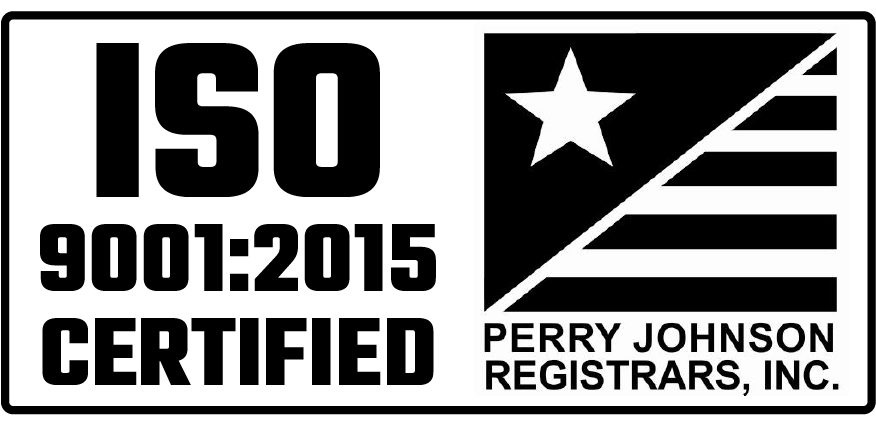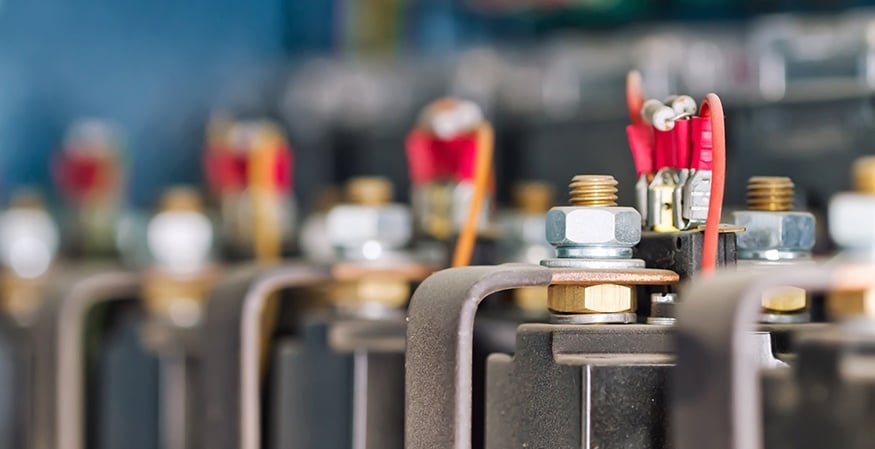While they aren’t the most talked about parts in an electrical assembly, electrical contacts certainly play a key role, serving as the crucial connection points between the various wires, circuits, printed circuit boards (PCBs) and other connectors that make up the rest of the assembly. If the contacts don’t conduct electricity well or wear easily, for example, the life of that electrical assembly will be dramatically reduced — along with your reputation for quality. This is why it’s imperative to choose the best contact plating to protect, or even enhance, the connections within your electrical assembly, based on the environment it will be used in.
To help explain more about the different plating options available, as well as which contacts are best suited for your application, here’s our breakdown of the 3 most popular contact plating options:
Gold
Though it’s not quite as conductive as the copper typically used in today’s electrical wires, gold is still extremely conductive. The real advantage with gold, however, is that it’s the least likely to oxidize of all the metal plating options, whereas copper will corrode fairly easily. Despite these benefits, the steep price of gold prevents many OEMs from using gold-plated contacts as often as they’d like, and keeps them searching for more alternatives.
Tin
Compared to the high price of gold, tin is a very affordable plating option, as well as being an average conductor. The tin market is much less volatile than the gold market, and tin also resists corrosion from water. For this reason, the marine industry is known for using tin in their electrical assemblies. That said, if your electrical assembly will be exposed to acids, tin-plated contacts won’t hold up.
Nickel
Last but not least, if you need something really affordable to plate your contacts with, nickel is the way to go. It’s highly resistant to corrosion — unless it’s exposed to excessive humidity — and it’s even used to plate many other metals that are more susceptible to corrosion. When it comes to conductivity, nickel is also better than tin, but not quite as good as gold.
While there are countless other contact plating options available to OEMs today, these are the most widely used across all industries. When designing your electrical assembly, always be sure to keep its working environment in mind, and if you’re just starting out with an electrical assembly design, download our Wire Harness Checklist to learn more about the process.





